Forestry has long been identified as a key economic sector of Lao Cai, which has nearly one million hectares of forest and forestry land, with a forest coverage rate of over 61%. In particular, the cinnamon “capital” of over 140,000 hectares has no longer developed in the same way.
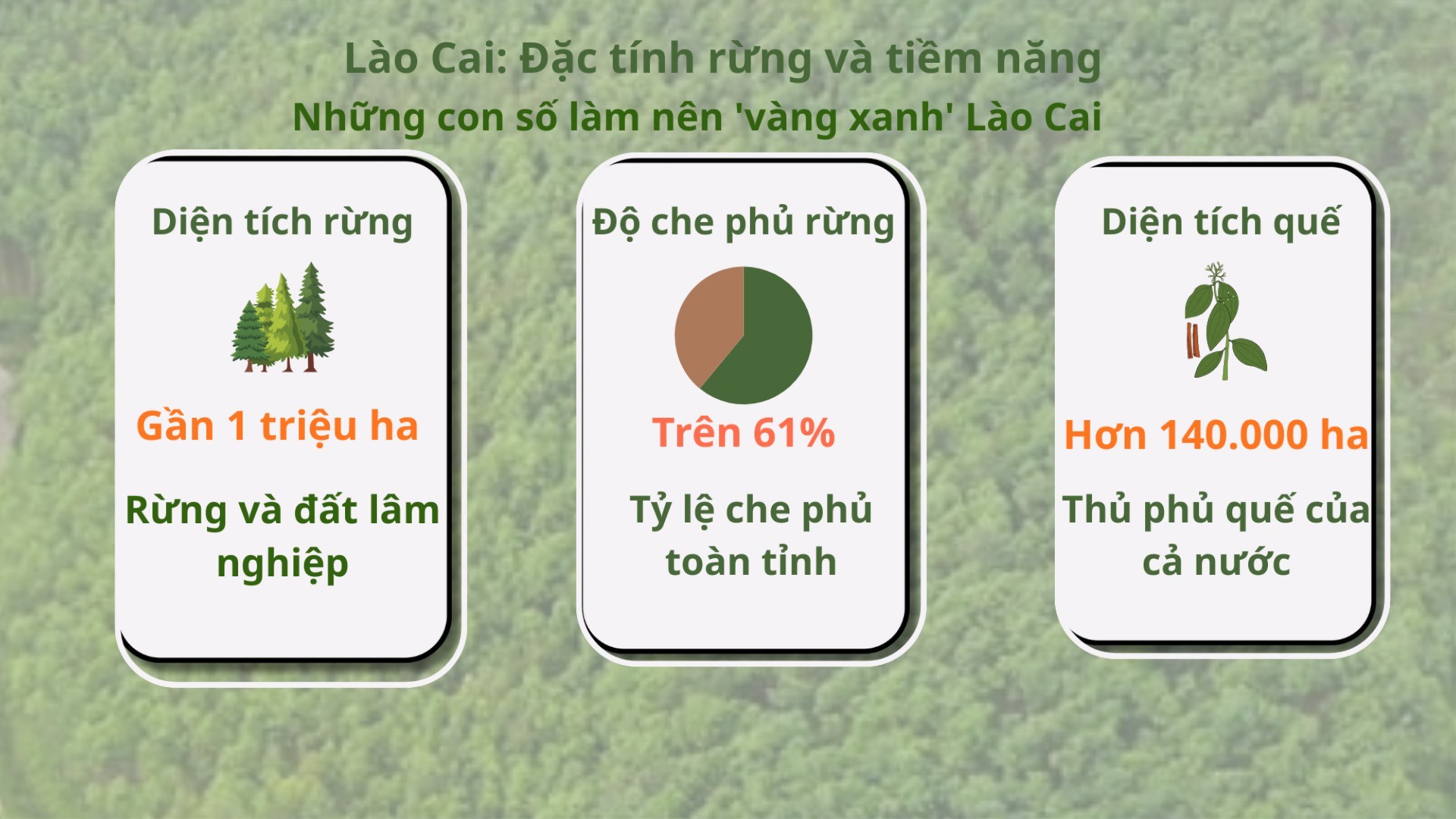
The “passport” for Lao Cai forest products to confidently step out into the world is called FSC - a certificate of sustainable forest management and international organic standards. It is not an easy path, it requires perseverance and vision. The province and localities have been making efforts so that each forest and each cinnamon region is “identified” on the global forest product map. At the same time, digital transformation is being accelerated in application to management, traceability and trade connection.
Digital technology has become a “magic eye”, helping to trace each tree and each shipment, creating a transparent history for planted forest wood. The number of nearly 36,000 hectares of certified forest and cinnamon, including 23,719 hectares of organic cinnamon, is the first sweet fruit of a long journey, a commitment to quality and value.
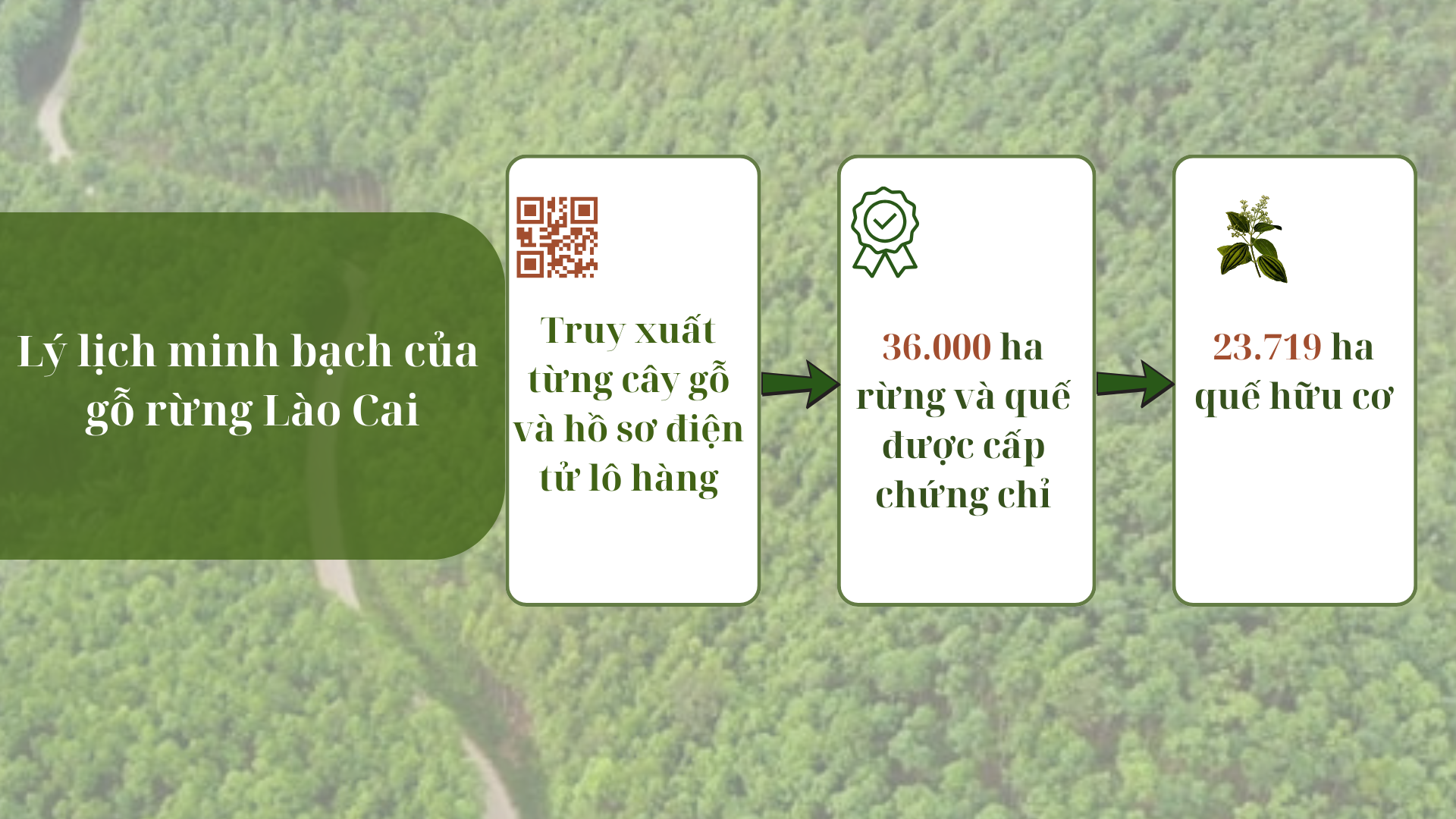
Notably, the forest area granted with certificates of forest planting area codes reached 1,697.72 hectares with 1,600 codes in 3 communes and wards. Of which, Yen Binh commune has 926 codes with 920.38 hectares; Bao Ai commune has 584 codes with 697.19 hectares; Van Phu ward has 90 codes with 80.15 hectares. These numbers are not only management data, but also clearly demonstrate the efforts to trace the origin and increase the value of planted forests.
The vitality of the forest economy is not only in documents and resolutions but also exists in every house, in the eyes and stories of farmers who have spent their lives attached to the mountains and hills. Like Mr. Le Mai Hien in Bao Ai commune, from a small timber trader, he boldly borrowed capital, collected land, and turned bare hills into raw material forests. Now, his property of over 70 hectares, of which much of the area has been converted to large timber forests, is proof of the will to dare to think and dare to do.
Or like war invalid Nguyen Ngoc Tham in Mau A commune, who transformed the old reed lands by covering more than 22 hectares of cinnamon trees with green, combined with fish ponds. Every year, after deducting all expenses, that forest brings his family a revenue of more than 1 billion VND. Stories like Mr. Hien and Mr. Tham are not unique. It is a flame spreading the spirit of protecting forests to get rich, getting rich to protect forests better, together building a prosperous homeland. Forest economy has helped thousands of households overcome the poverty line, creating sustainable livelihoods and keeping the green covering the hills.
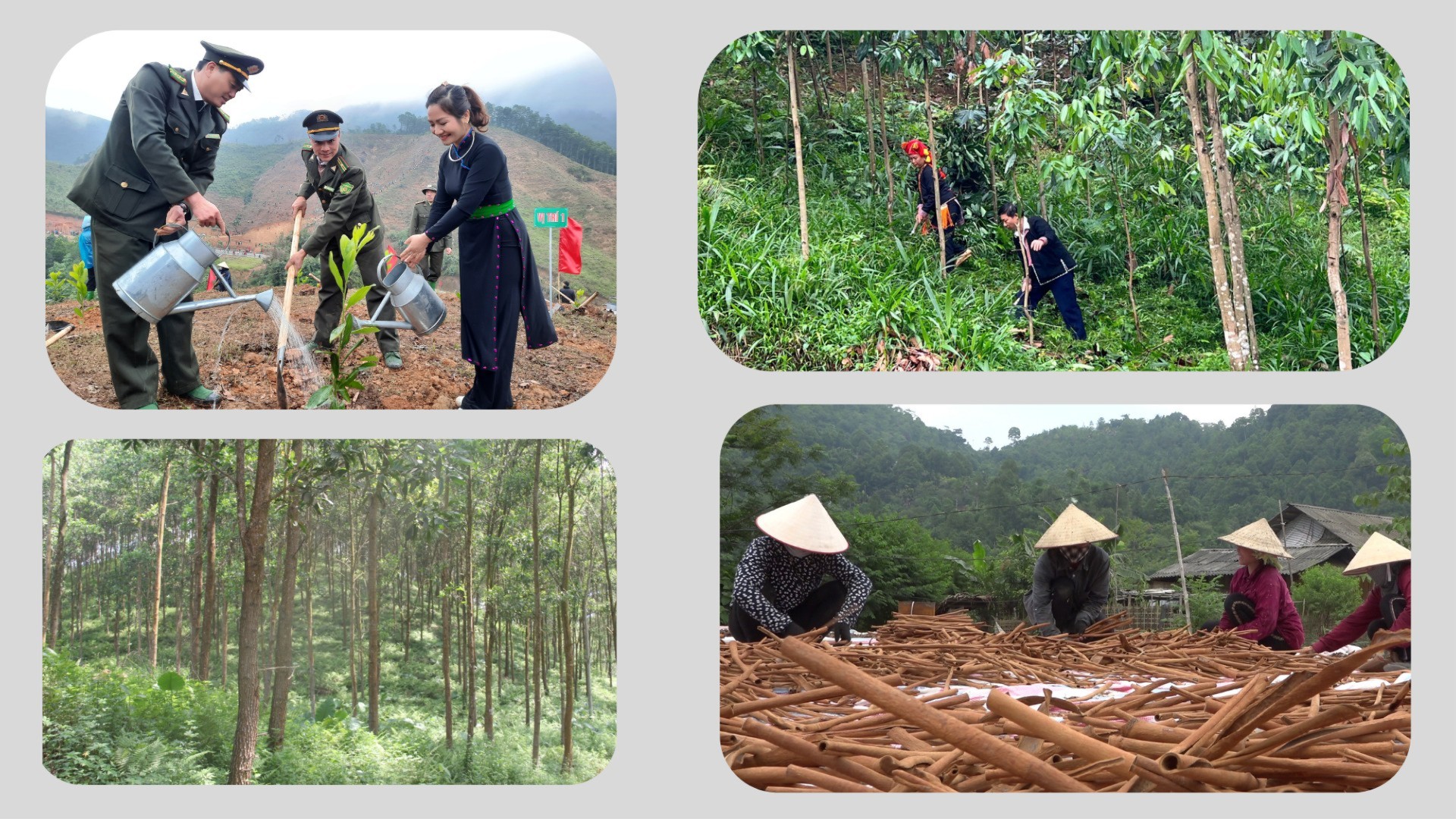
On the basis of human resources and resources, Lao Cai is shaping a complete forest economic ecosystem based on three solid pillars. First, repositioning the processing industry. The era of exporting raw wood is in the past, now is the time to maximize the value of each piece of wood.
With more than half a million hectares of production forest (mainly acacia, eucalyptus, cinnamon, and linden), this is a great potential for the forest products processing industry. In just 7 months of 2025, nearly 840,000 m³ of wood was exploited, going straight to deep processing factories. Cinnamon essential oil distilleries, cinnamon powder production lines... are operating at full capacity, making use of branches, leaves, and bark, not letting them go to waste.
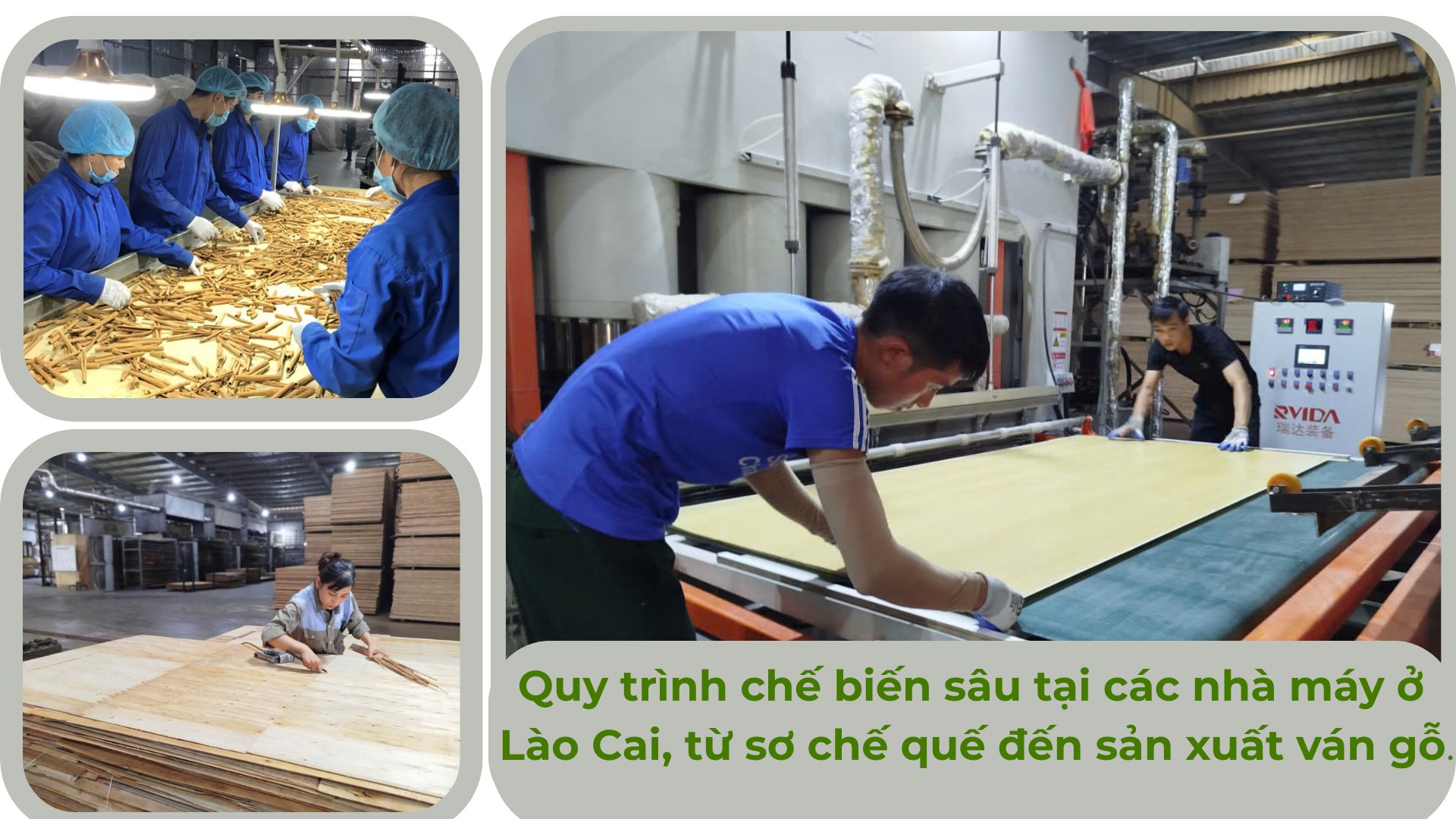
Second, opening up the "gold mine" of medicinal herbs and non-timber forest products. Currently, the whole province has 6 special-use forests including 1 national park, 3 nature reserves, 1 experimental research forest, with a total area of special-use forest land of over 100,548 hectares. The diverse ecosystem of Hoang Lien National Park (with 2,847 plant species) and Hoang Lien - Van Ban Nature Reserve (1,487 species) is a giant "nursery" for precious medicinal plants. The province is paving the way for economic models under the forest canopy, granting codes to 132 wildlife breeding facilities, both creating livelihoods and contributing to the conservation of precious genetic resources.
Third, turn heritage into assets. Ecotourism is no longer an option, but an inevitable direction. Special-use forests and trekking routes through the sea of clouds and deep forests are becoming tourist magnets. Tourists come here not only to sightsee, but also to immerse themselves in nature and experience unique indigenous cultures. Conservation and development go hand in hand, creating a sustainable cycle.
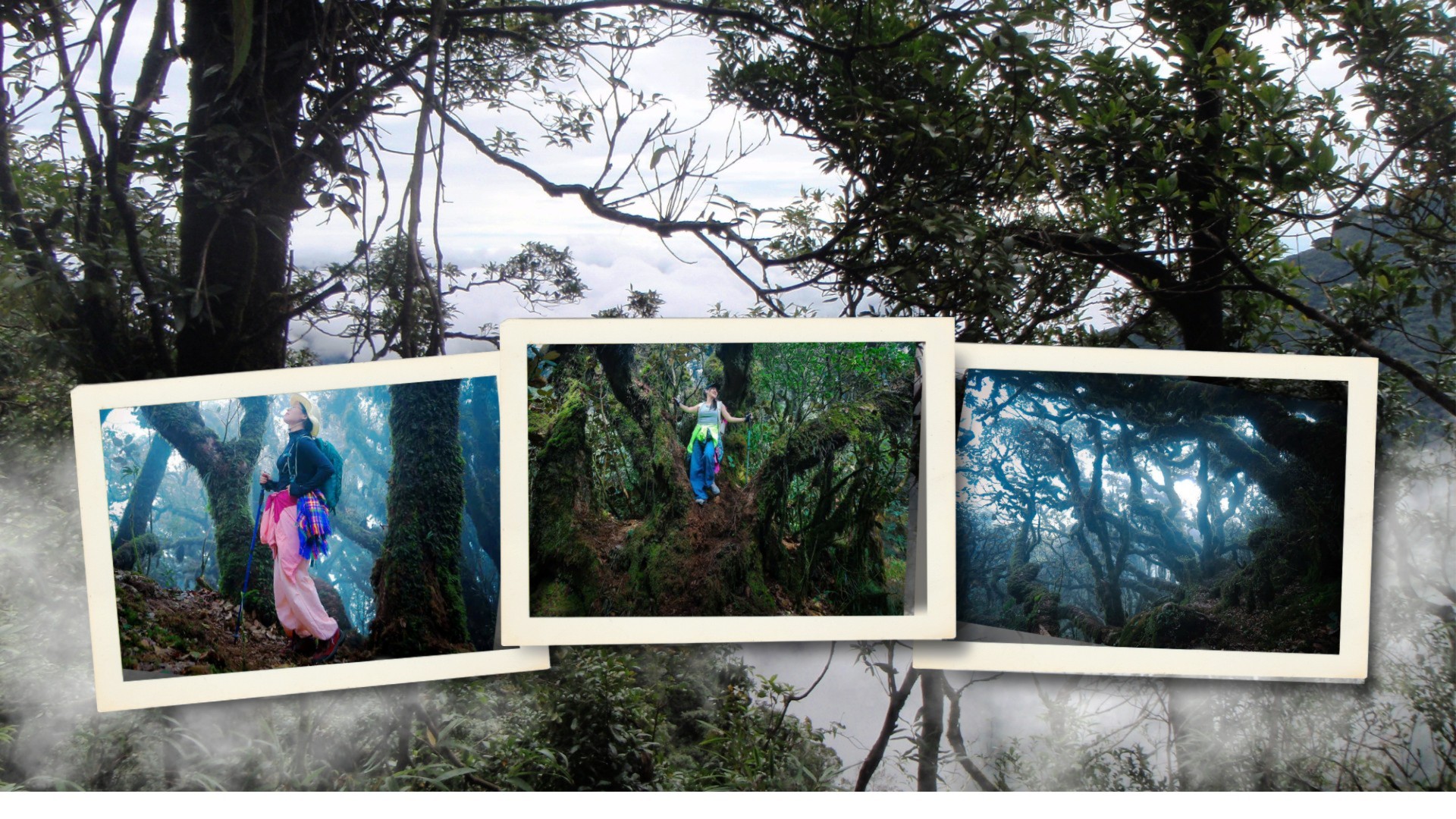
The roadmap is clear, the province has determined that by 2030, the forestry economy will account for nearly 1/4 of the agricultural sector structure. Vision to 2045, Lao Cai will be a major wood processing and export center of the whole region, with 100% of products having legal "birth certificates" and sustainability certificates. To make that road smooth, "bottlenecks" in planning, land allocation, and forest allocation must be thoroughly removed. Discipline must be tightened, not allowing an inch of forest to be encroached. More importantly, there must be strong enough and attractive enough policies to roll out the welcome mat for investors with heart and vision to invest in deep processing, medicinal herbs, and tourism.
With political determination, clear strategy and huge potential being awakened, Lao Cai is proving that forests are not only green lungs, but also economic hearts, a strong driving force to rise up and affirm its pioneering position.
Source: https://baolaocai.vn/kich-hoat-suc-manh-kinh-te-rung-post881344.html






![[Photo] Discover unique experiences at the first World Cultural Festival](https://vphoto.vietnam.vn/thumb/1200x675/vietnam/resource/IMAGE/2025/10/11/1760198064937_le-hoi-van-hoa-4199-3623-jpg.webp)



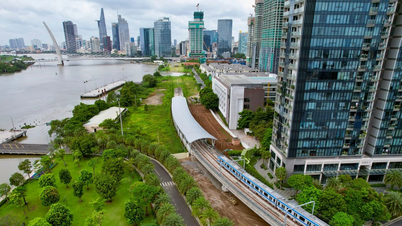

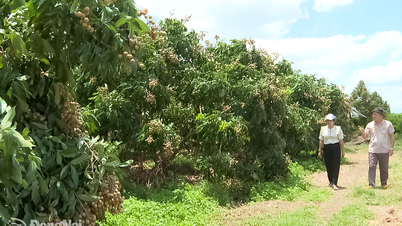



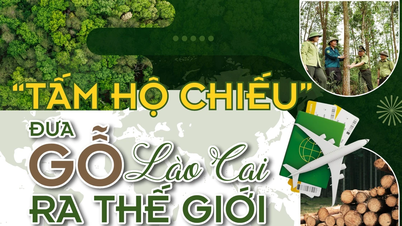
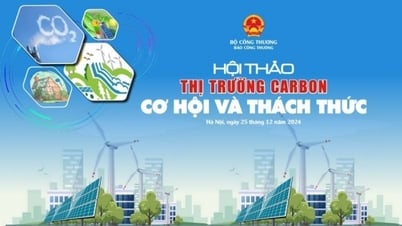

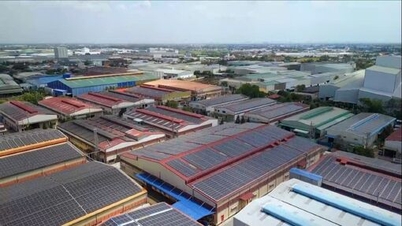

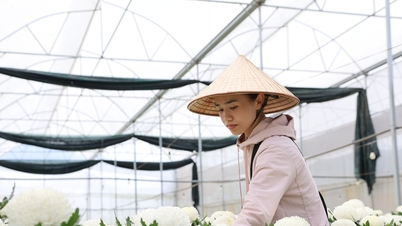



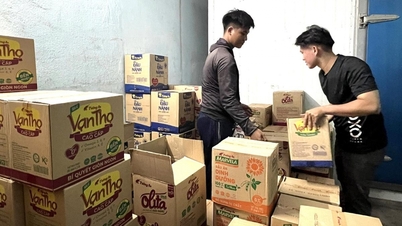

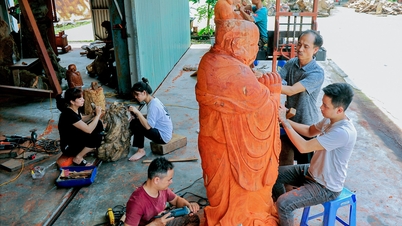

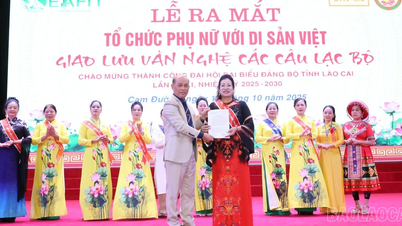




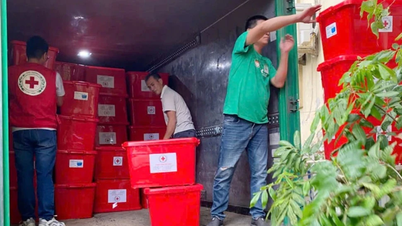
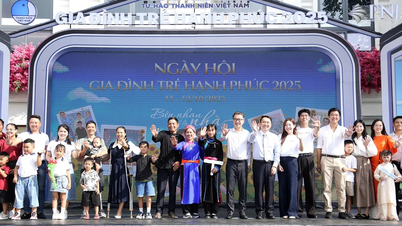
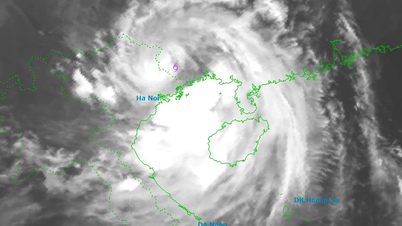




![[Photo] General Secretary attends the parade to celebrate the 80th anniversary of the founding of the Korean Workers' Party](https://vphoto.vietnam.vn/thumb/1200x675/vietnam/resource/IMAGE/2025/10/11/1760150039564_vna-potal-tong-bi-thu-du-le-duyet-binh-ky-niem-80-nam-thanh-lap-dang-lao-dong-trieu-tien-8331994-jpg.webp)































![[Photo] General Secretary attends the 80th Anniversary of the Traditional Day of the Armed Forces of Military Region 4](https://vphoto.vietnam.vn/thumb/402x226/vietnam/resource/IMAGE/2025/10/12/1760265970415_image.jpeg)

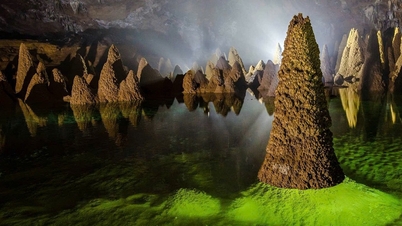

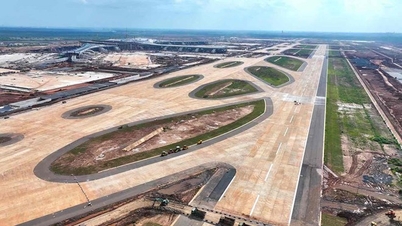
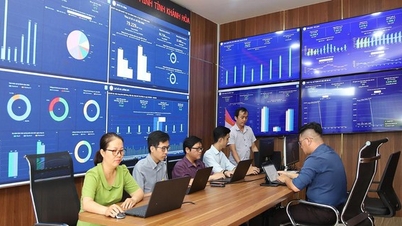



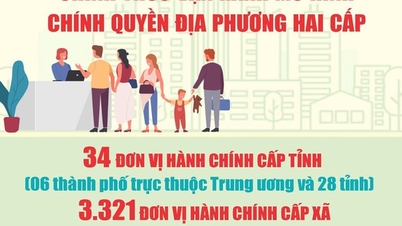
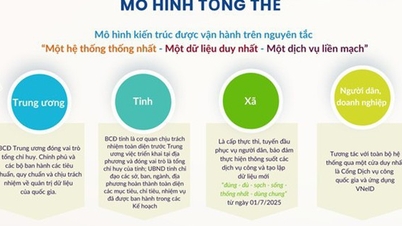
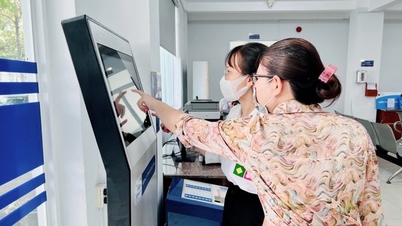
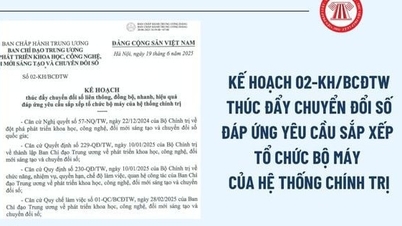

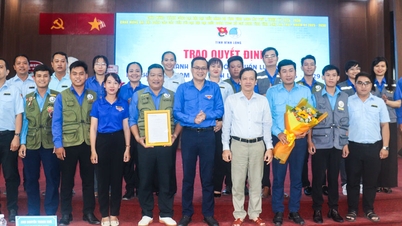



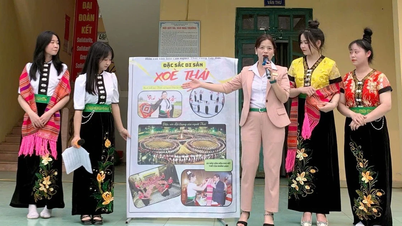
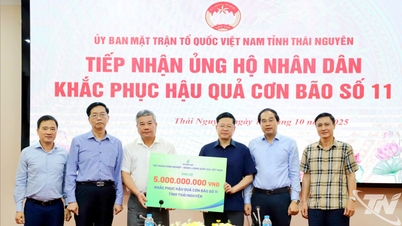
















Comment (0)